DTMF REMOTE COMMANDS ON THE UV-5X3
(REQUIRES CHIRP SOFTWARE & A PROGRAMMING CABLE)
INTRODUCTION: BRIEF DTMF COMMANDS EXPLANATION
Any Radio with DTMF Ability can be used to send Remote Commands to a UV-5X3. For illustration purposes, and as an introduction to the function, we will explain this feature by using 2 UV-5X3s.
The UV-5X3 is capable to listening for Over-the-Air (OTA) DTMF tones and responding with a variety of remote commands.
BASIC DESCRIPTIONS: REMOTE COMMANDS
Inspection Code:
When this command is received the radio will respond with its ANI (Automatic Number Identification). By using inspection, you can confirm that a unit is within receiving range. This can be used for remotely testing range and reception by confirming when a UV-5X3 is within receiving range.
Monitor Code:
When this command is received the radio will remotely open up its microphone and transmit for 15 seconds. By using Monitor, you can remotely monitor a UV-5X3’s environment, along with the transmitted audio quality.
Alarm Code:
When this command is received, it will enable the strobe and siren on the UV-5X3.
This can be used in conjunction with most BaoFeng and BTECH handhelds with the built-in alarm feature (which service as a remote ‘man down call’).
The default ALARM Code is ‘119’. To enable BaoFeng/BTECH handhelds to be automatically compatible – set your “Alarm Mode (Menu 32)” on any BaoFeng or BTECH handheld to ‘Code’. They will now transmit the default ‘119’ command when the alarm side key is pressed
Stun Code:
When this command is received the radio will be disabled from transmitting until it is revived by the “Revive Command”. The user will have limited abilities to change channels and menu options; but will not be able to transmit.
- Since the user is able to access menus, it would be advised to disable the reset menu in software. With the reset menu still accessible in the *Stunned mode*, the user would be able to manually allow transmitting with a forced menu reset (but this would also clear programmed channel information and DTMF information)
Kill Code:
When this command is received the radio will be disabled from transmitting or receiving until it is revived by the “Revive Command”. The user will have limited abilities to change channels and menu options; but will not be able to transmit or receive.
- Since the user is able to have limited access to edit menus, it would be advised to disable the reset menu in software. With the reset menu still accessible in the *Killed mode*, the user would be able to manually allow transmitting and receiving with a forced menu reset (but this would also clear programmed channel information and DTMF information)
Revive Code: When this command is received, the UV-5X3 will be revived from the “Killed mode” or “Stunned Mode”. This will reinstate abilities to transmit and receive.
USER LEVELS, DETAILS AND PROGRAMMING
There are two user levels that can be assigned unique DTMF IDs: Master and Vice
You can assign each user level to have permission for all, or just some of the remote commands (Inspection, Monitor, Stun, Kill, and Revive).
This CHIRP screenshot is below:

This illustration uses the below Decode (receiving) settings, in CHIRP, for our demonstration

To Send a Remote Command:
Transmit the DTMF Sequence: ‘Command Code’ + ‘Space Code’ + ‘User ID’ The default space code is ‘*’; you may have it set differently in software.
Using the above settings – to send the Inspection Command you would transmit:
Using Master ID: ‘101’ (Inspection Code) ‘*’ (Space Code) ‘111’ (User Level) = ‘101*111’ Using Vice ID: ‘101’ (Inspection Code) ‘*’ (Space Code) ‘222’ (User Level) = ‘101*222’
PROGRAMMING THE ENCODE (TRANSMITTING) REMOTE COMMANDS (CHIRP):
The UV-5X3 has the ability to store 15 DTMF remote commands. In this section we will reference the previous settings we just stored in our last section. The encode commands we will be storing are:

SENDING AND RECEIVING A COMMAND:
In this example, we will be sending a command from a UV-5X3 to another UV-5X3 (which are programmed according to the previous sections). This example also assumes that you already have the radio channels programmed and the radios are on the same frequency
First we will enable our sending radio to transmit DTMF tones from the S-CODE Storage bank. This is done from ‘Menu 19’ on the UV-5X3 (PTT ID).
You can set the S-Code to transmit at either: BOT, EOT, BOTH, or OFF (beginning of transmission, ending of transmission, both, or off). In this example we will set our S-Code to Transmit at ‘EOT’ (at the end of transmission, (after releasing the PTT)).
Menu 19 (PTT-ID) is a shared DTMF dialing menu used by both ANI (Automatic Number Identification) and S-CODE (Signal Code). In CHIRP, you will set when ANI dialing will be used (if at all). You can select ANI to be used with PTT-ID on: BOT, EOT, Both, or Off

S-CODE dialing will be enabled on the PTT-ID settings that ANI dialing is not enabled for. In this example we had previously set ANI dialing to ‘off’. This allowed S-CODE dialing to work on all items in Menu 19 (PTT-ID).

In this example we will transmit S-CODE 1, which was the ‘Inspection code’ with the Master ID user level: ‘101*111’
By confirming S-CODE 1 is selected in Menu 17, exit the menu and simply momentarily press the PTT button on the same channel that the receiving UV-5X3 is on. Once you have released the PTT, the DTMF command for Inspection will be transmitted over the air. Depending on how you have Menu 16 set, you may or may not hear your DTMF tones being sent.

You can also send Commands by simply dialing them on a DTMF keypad over-the-air
OTHER SETTINGS TO MENTION:
In CHIRP DTMF Decode Settings you can set a couple other items:
Reset Time: This is the time that a DTMF command has to be sent once the first DTMF tone is received. In our examples we were allowing 8100ms (8.1 seconds) from the first to the last tone.
Delay Processing Time: This is the time that it takes before the radio will respond to the command it was given. We set our examples to 500ms (half a second)
In CHIRP DTMF Encode Settings you can set a couple other items:
DTMF Speed (on): This is the time that a DTMF tone is played over the air, in our example we used 70ms.
DTMF Speed (off): This is the time in between DTMF tones being sent over the air, in our example we used 70ms.
Conclusion:
Once you have the encode (receiving) commands set and the decode (storage/transmitting) commands set, it should only take a matter of seconds to send remote commands from one UV-5X3 to another UV-5X3
Several radios can store and send DTMF commands. Consult with that radio’s user guide for the procedure for storing and sending DTMF commands.




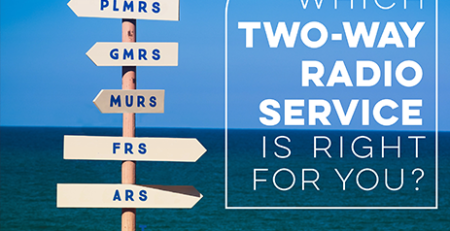
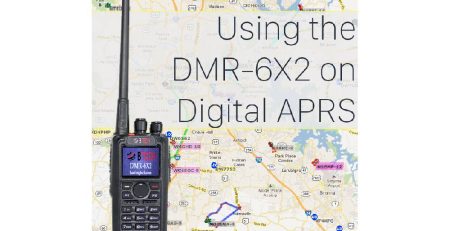
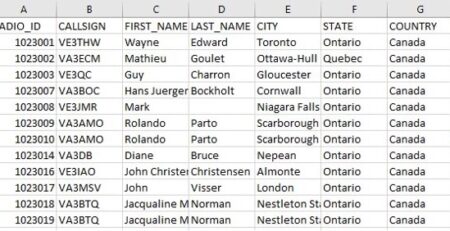
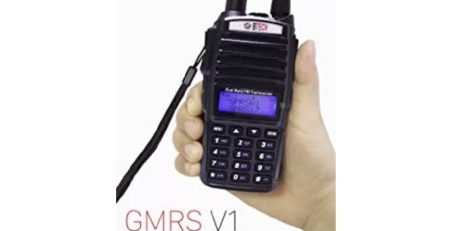

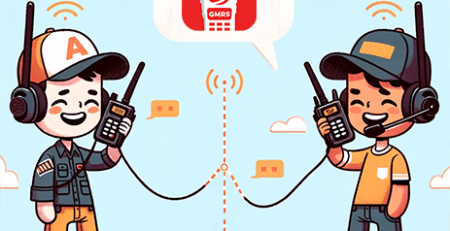


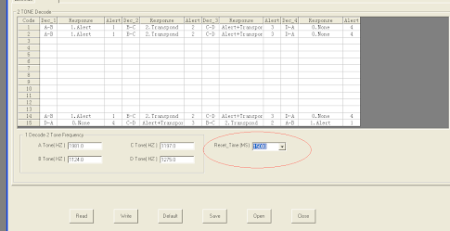


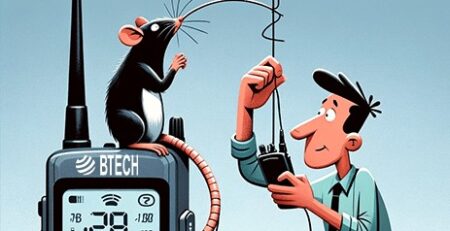
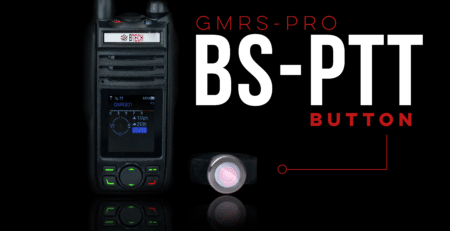

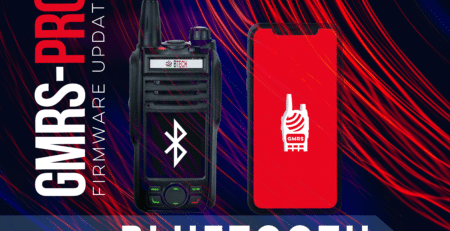

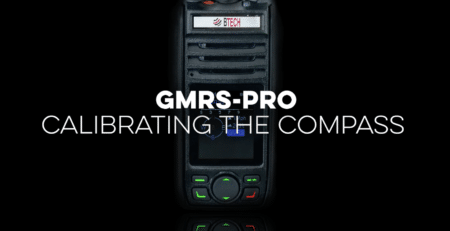


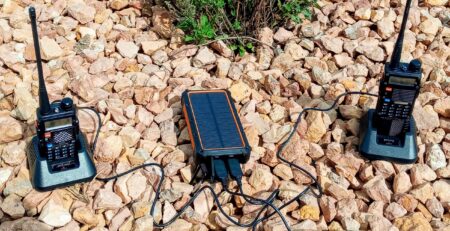
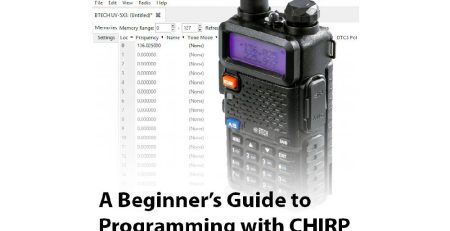
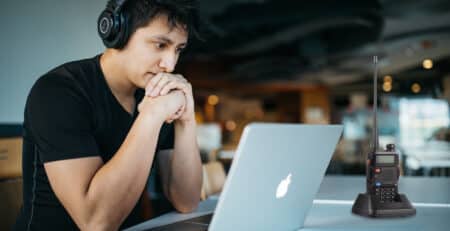
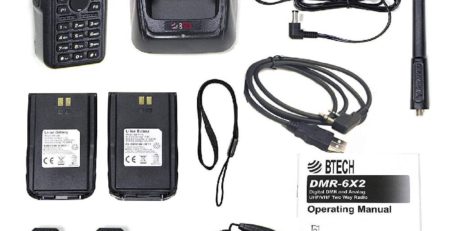
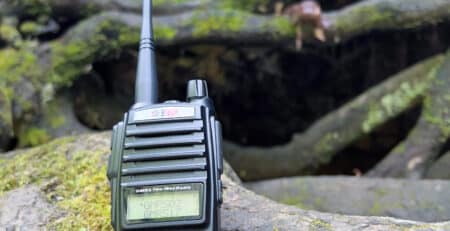
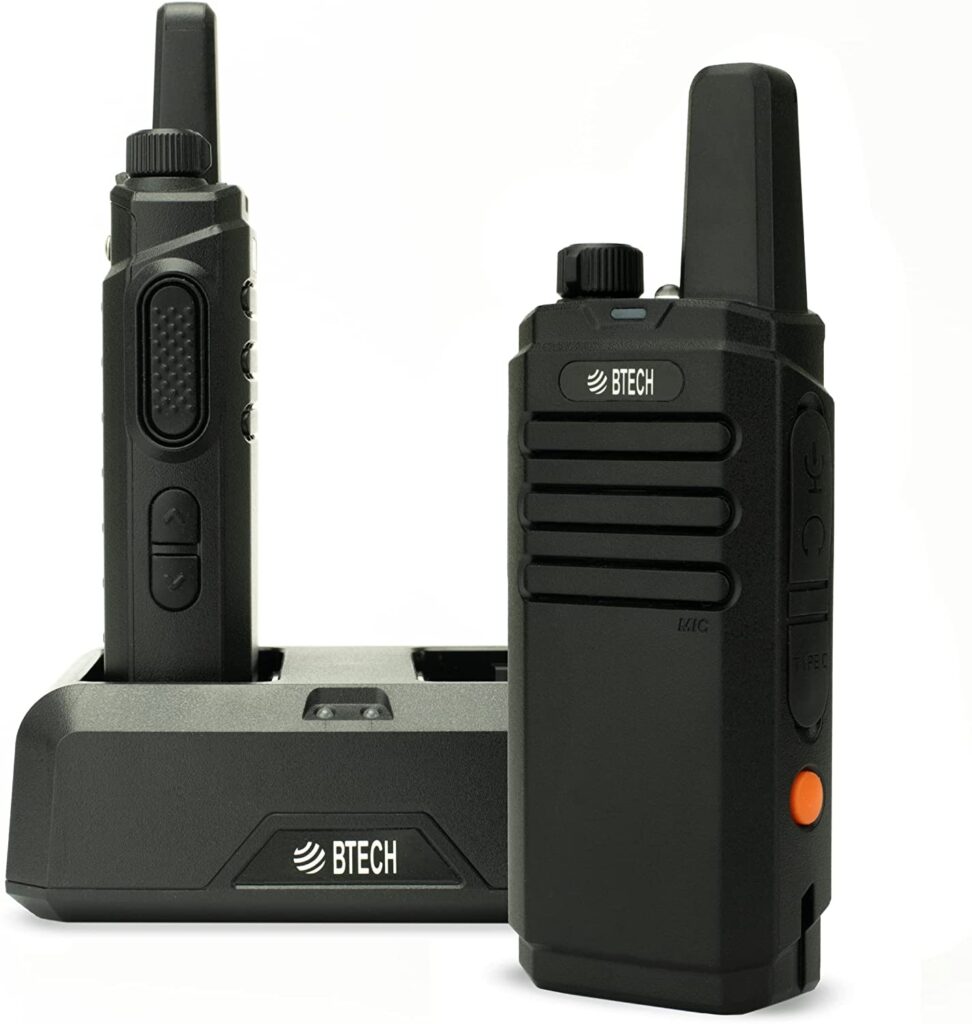
Leave a Reply